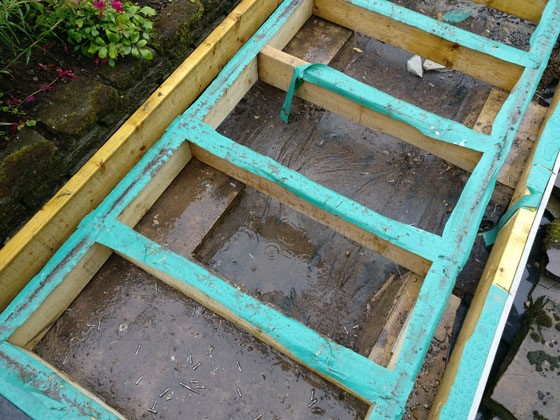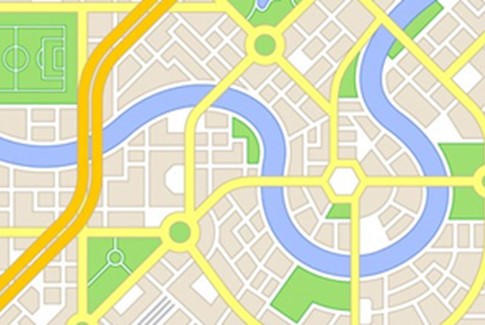Should I use plastic sheeting to protect deck joists?
A long serving, DeckMark accredited installer emailed an image to us with the subject header "Here's something to add to your hall of shame!"
It transpires that he had been called out to re-top this deck as there had been quality issues with the deck boards (not wood in this case). It was a young DIY built deck and the photo shows the substructure ready to receive its new top.
Fearful that the substructure might rot, the deck owner had taken additional measures to 'protect' the timber from moisture ingress by covering them in blue plastic but inadvertantly had done quite the opposite instead. Using plastic in this way will trap moisture, heighten the exposure risk and no doubt shorten the life of the structure. Likewise a weed suppressant membrane should not be installed between the deck boards and joists; another error we've seen on more than one occasion.

The two basic principles of good deck design are to have a well ventilated and free draining structure. The specification of materials is also crucial and it's important to ensure that they are designed for how and where you intend to use them, be it in ground contact or above the ground, indoors or outdoors.
Which leads us nicely into a few other things to bear in mind:-
Substructure: the performance of the substructure is just as important as the deck board. Pressure treated softwood is the material of choice for the support timbers. However, the pressure treatment is tailored to the end use e.g. some joists such as floor and roofing joists are only suitable for indoor use and should never be used in the support structure for external timber decking.* You need to use joists designed for exterior use.
*There is a Use Class system in place which classifies timber into end use groups according to the risk of biological degrade. Use class 2 is internal building timbers with an occasional risk of wetting, Use Class 3 is outdoor above ground use and Use Class 4 is for outdoor use in contact with the ground or fresh water.
As from January 2020, the TDCA recommend that deck joists or any timbers providing exterior structural support should be preservative pressure treated to Use Class 4 - regardless of whether they are in ground contact or not. This is to ensure the enhanced durability and safety of the deck substructure and is in line with BS 8417 (Preservation of Wood: Code of Practice) which is to adopt this change in due course in 2020. See our blog article here.
- *NOTE* -
Naturally durable timber deck boards: Some species are classed as naturally durable and do not need to be preservative treated for use outdoors e.g. Ipe or Cumaru. The natural durability classification only applies to the heartwood though and not the sapwood.
Modified timber deck boards: this is timber that has been made more durable in a process that changes the wood's physical properties e.g. Accoya and Thermowood.
Fixings: should be made from a corrosion resistant material that is capable of providing a good service life outdoors.
With the right materials and good design and installation practices it is possible to design a timber deck to have extremely long service lives but 15 years is the industry norm. TDCA advises that you ask for written evidence to support the durability claims and standard of the timber you buy. And with pressure treated timber, don't forget to use end grain preservative on any cross cut ends.




